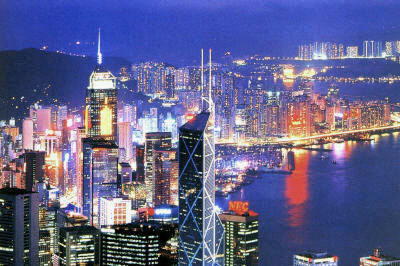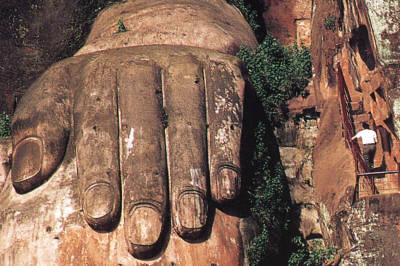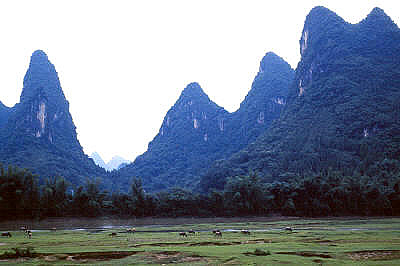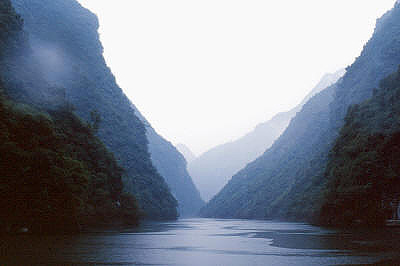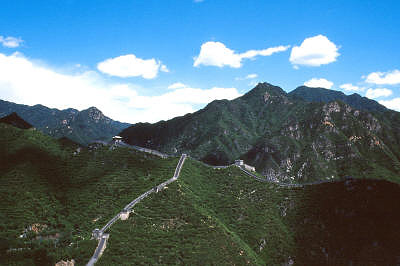The vast mystery that is China demands attention. A journey to this land opens to visitors a geographical, historical and cultural encyclopedia that offers a breathtaking exploration of various worlds within one world.
China is the world’s third largest country, after Russia and Canada. Its most mountainous terrain rises in the west with Tibet and the mighty Himalayas. At 8,847 meters, Mount Everest is the world’s highest peak. China’s lowest point, the Turpan Depression, 154 meters below sea level, is scooped out in its vast north-west. The great mountainous highlands of west China, together with the forbidding deserts of Gobi and Taklimakan in the north acted as a huge barrier to China’s expansion. The land increasingly flattens out the farther east you travel. The vast majority [90 percent] of the population lives along China’s coast or in the fertile lands that line the Yangtze river, Yellow river, Pearl river and the Mekong river. Most of the cultivable land is irrigated by these river systems. Two-thirds of the land is too mountainous, arid or otherwise unsuitable for agriculture. China’s coastline is an affluent bundle of Special Economic Zones [SEZs] and thriving ports. Continue reading

